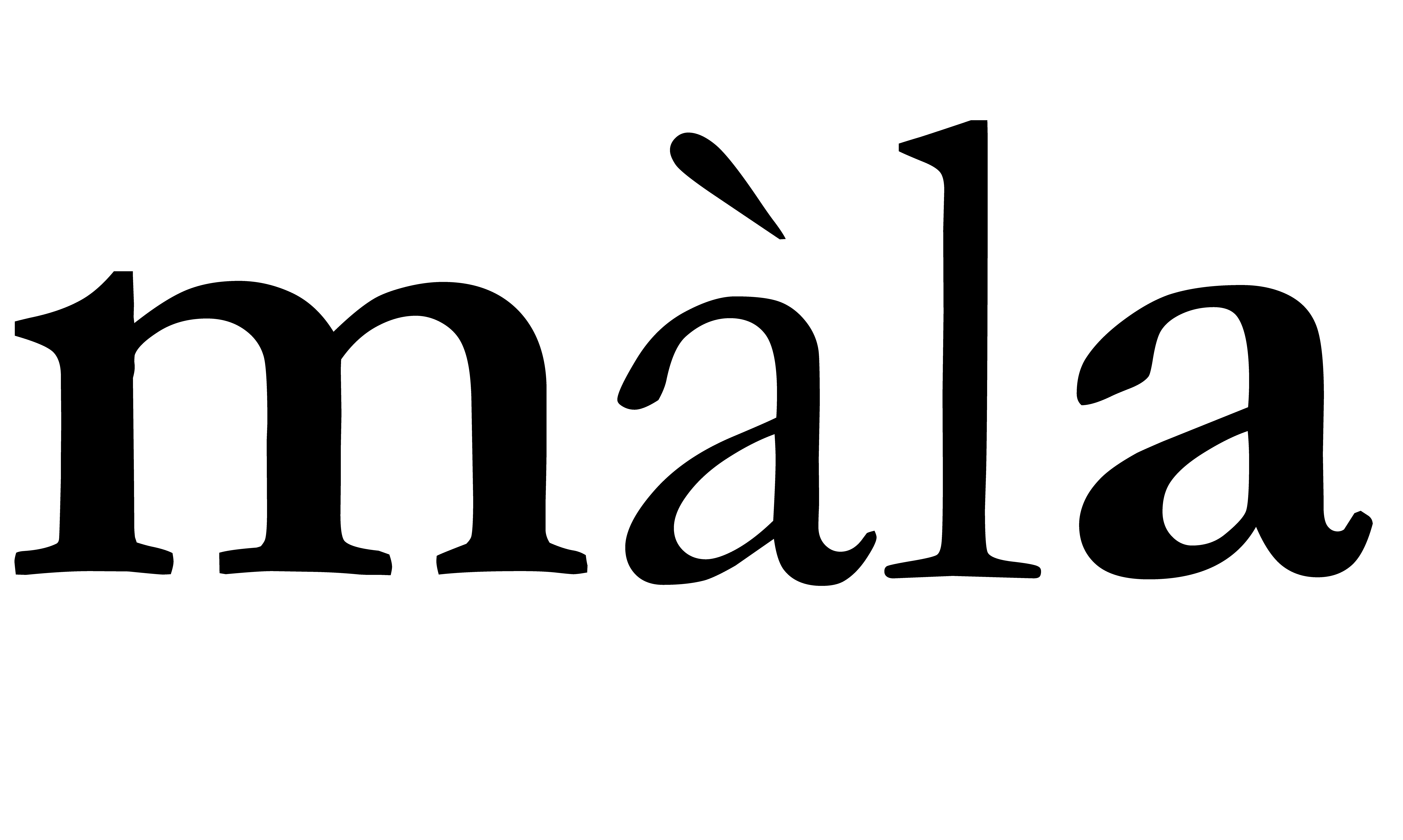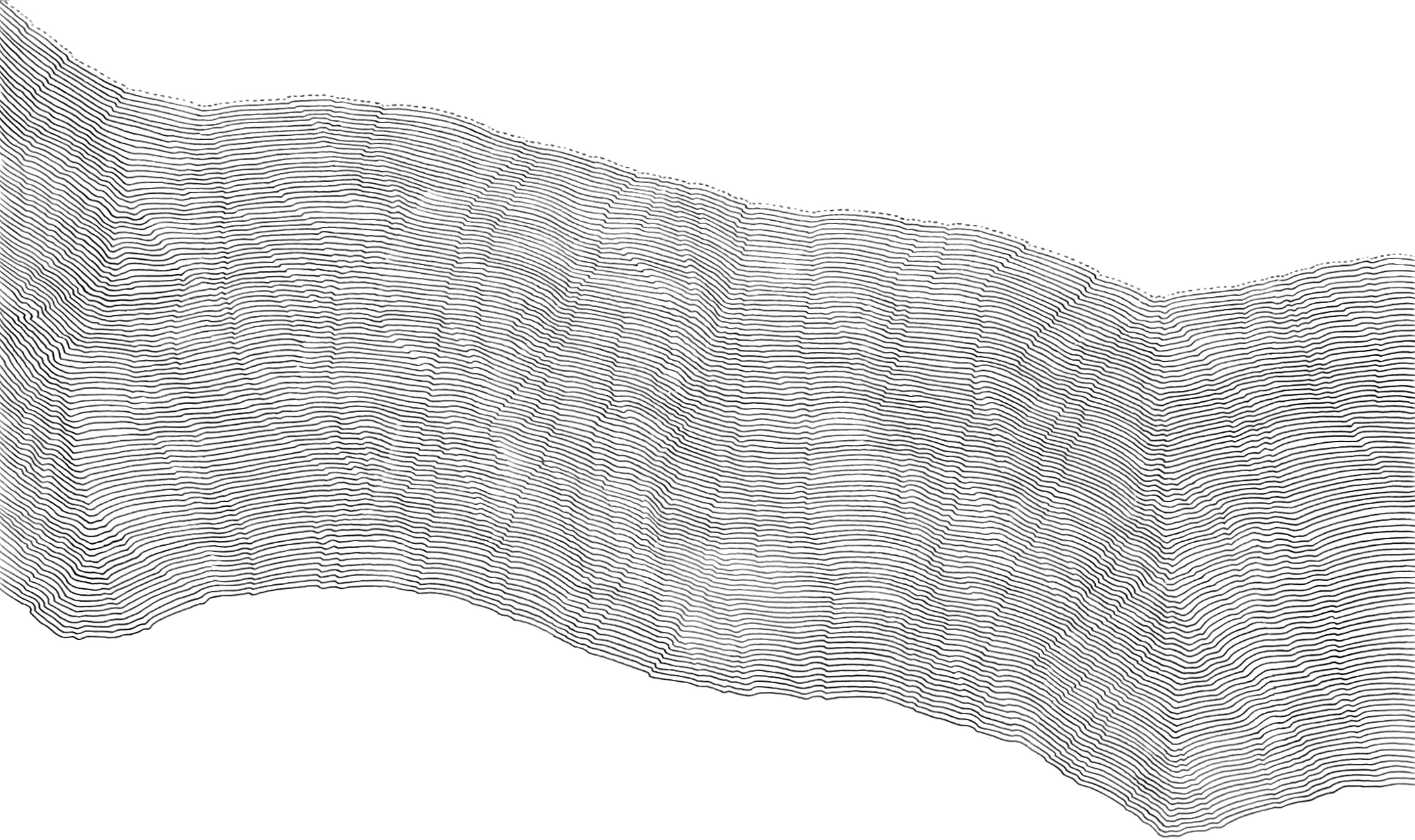
Alessio Marino, 1990. I was born in Catania and grew up in the urban sprawl of the suburbs, surrounded by streets with no identity in a landscape made of concrete. I studied Architecture in Ortigia, Syracuse, and I graduated in 2017. My thesis focused on urban reconnection on the island of Lampedusa. Soon after, I embarked on a five-years adventure in Paris. In 2021, after many logements, many pastis and many bonjours, I decided to return home. It was during my years as a student that I began to draw patches of seemingly meaningless broken lines. I filled countless notebook pages and sheets of paper with this technique. It was shortly after I turned twenty that I discovered the volcano of Etna and its complexity. It became the source of inspiration for most of the drawings that are available here. In 2020 I realised that I wanted to return home. This time I wanted to stay. It was here that everything took shape and my creativity burst forth, becoming more structured and defined. This is when màla was born: a personal path of introspective representation that is authentic and therapeutic. It is a persistent and liberating attempt to put myself down on paper. It is a graphic representation of what I see with my own eyes and what I feel. Ultimately, màla is me.
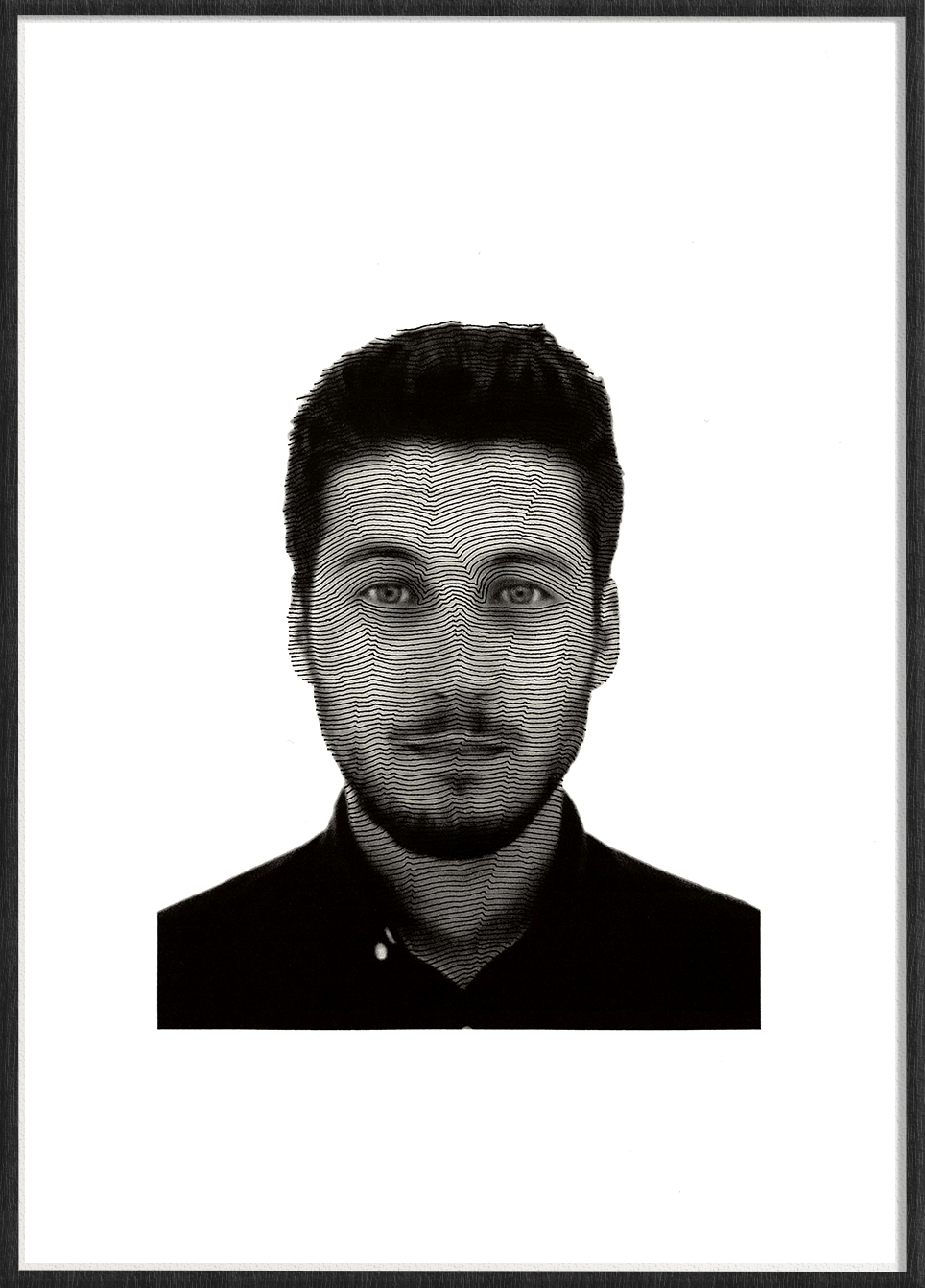
màla is a graphic research project born in 2020 after a decade of hesitation. It focuses on lines, using black and the unpredictability of the computerised concept of offset printing màla is a conceptual process of volcanoes, pyroclasts, waves, islands and patterns. màla is black, then it becomes red, it explores yellow, but eventually it returns to black. As COVID-19 continues to spread, so too does màla . It consumes markers and pens and destroys sheets of paper and sketches. It has become a pandemic expression of feelings on paper. màla grows fast and repeats itself, but then suddenly slows down. It covers everything up, makes mistakes and sticks patches on the paper. In the end, it realises that it doesn't want to go on and stops. màla has no pretensions, it doesn't explain itself (why should it?), it just imposes itself on everything. Once again, màla is simply overwhelming. màla is the dear, oppressive city, dark as the island, bright as the sky. màla is the south. màla is the time when you're lazy. màla makes fun of the forced productivity, of the efficiency màla is the waste of time when there is no time to waste. màla is for friends, actually no, it's because of them. màla is when you're not thinking about it. màla could be you. màla makes no sense, màla is màla , it's me.
Alessio Marino, 1990. I was born in Catania and grew up in the urban sprawl of the suburbs, surrounded by streets with no identity in a landscape made of concrete. I studied Architecture in Ortigia, Syracuse, and I graduated in 2017. My thesis focused on urban reconnection on the island of Lampedusa. Soon after, I embarked on a five-years adventure in Paris. In 2021, after many logements, many pastis and many bonjours, I decided to return home. It was during my years as a student that I began to draw patches of seemingly meaningless broken lines. I filled countless notebook pages and sheets of paper with this technique. It was shortly after I turned twenty that I discovered the volcano of Etna and its complexity. It became the source of inspiration for most of the drawings that are available here. In 2020 I realised that I wanted to return home. This time I wanted to stay. It was here that everything took shape and my creativity burst forth, becoming more structured and defined. This is when màla was born: a personal path of introspective representation that is authentic and therapeutic. It is a persistent and liberating attempt to put myself down on paper. It is a graphic representation of what I see with my own eyes and what I feel. Ultimately, màla is me.

It's an homage to them.
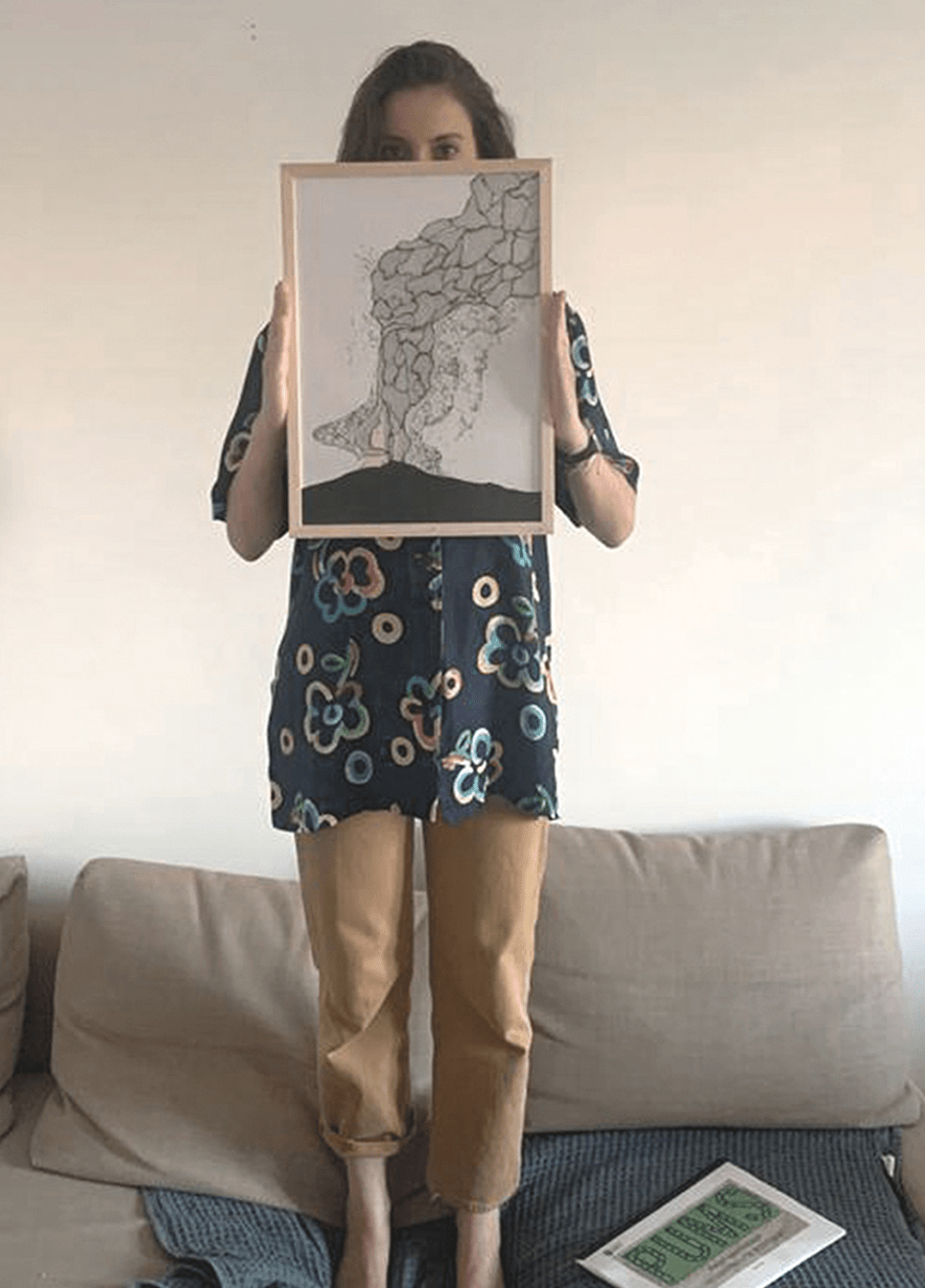
1
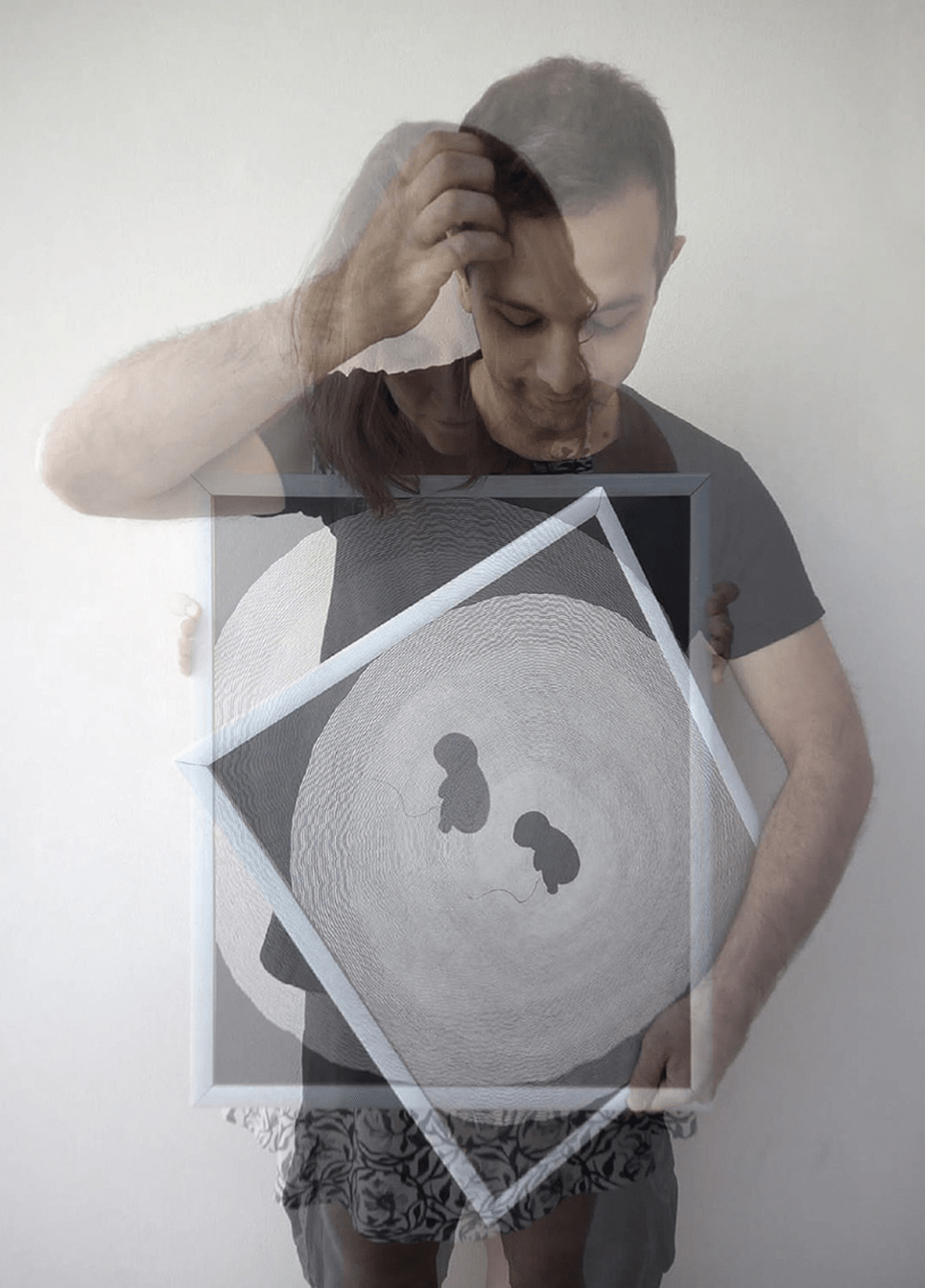
2
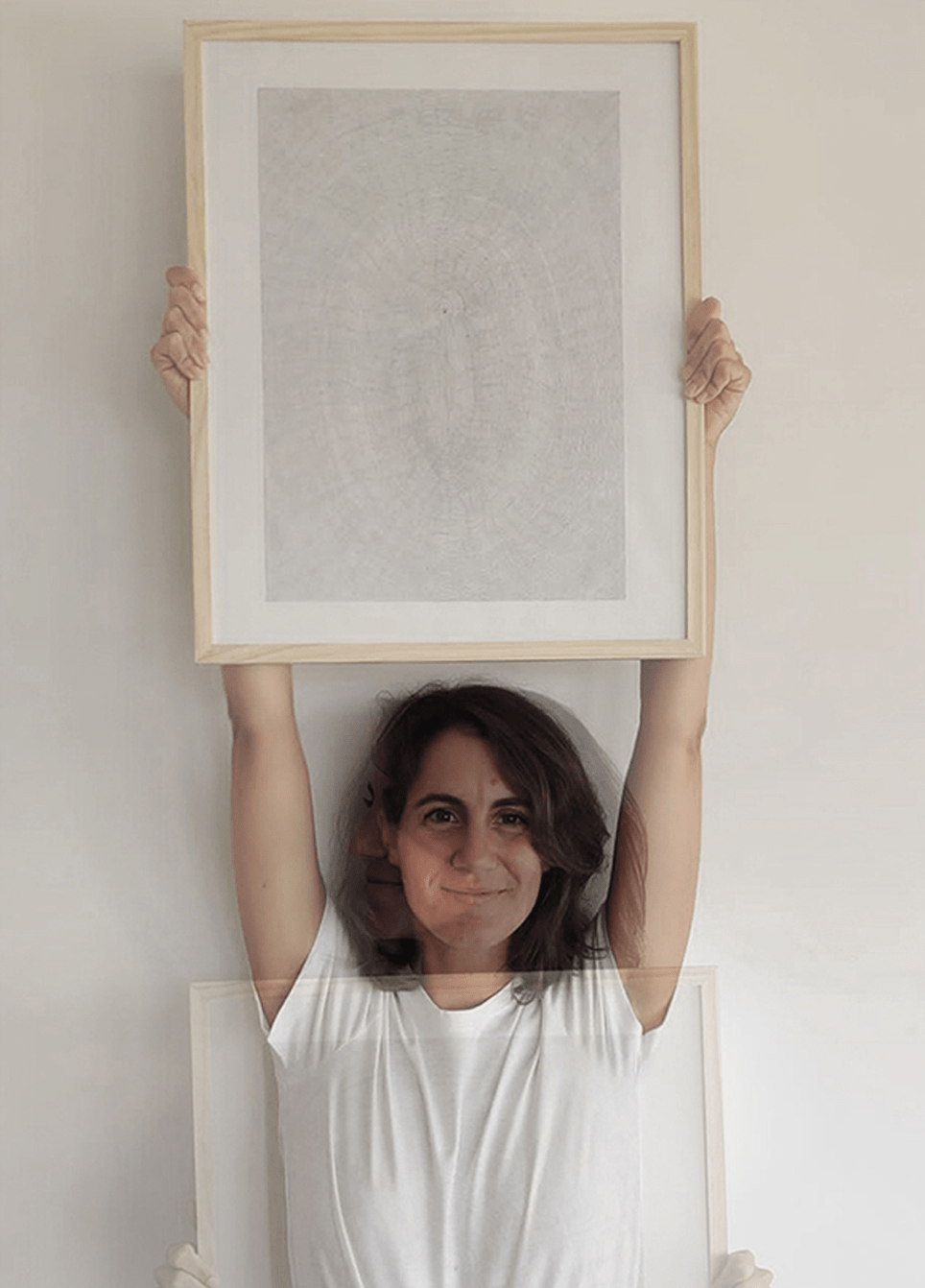
3
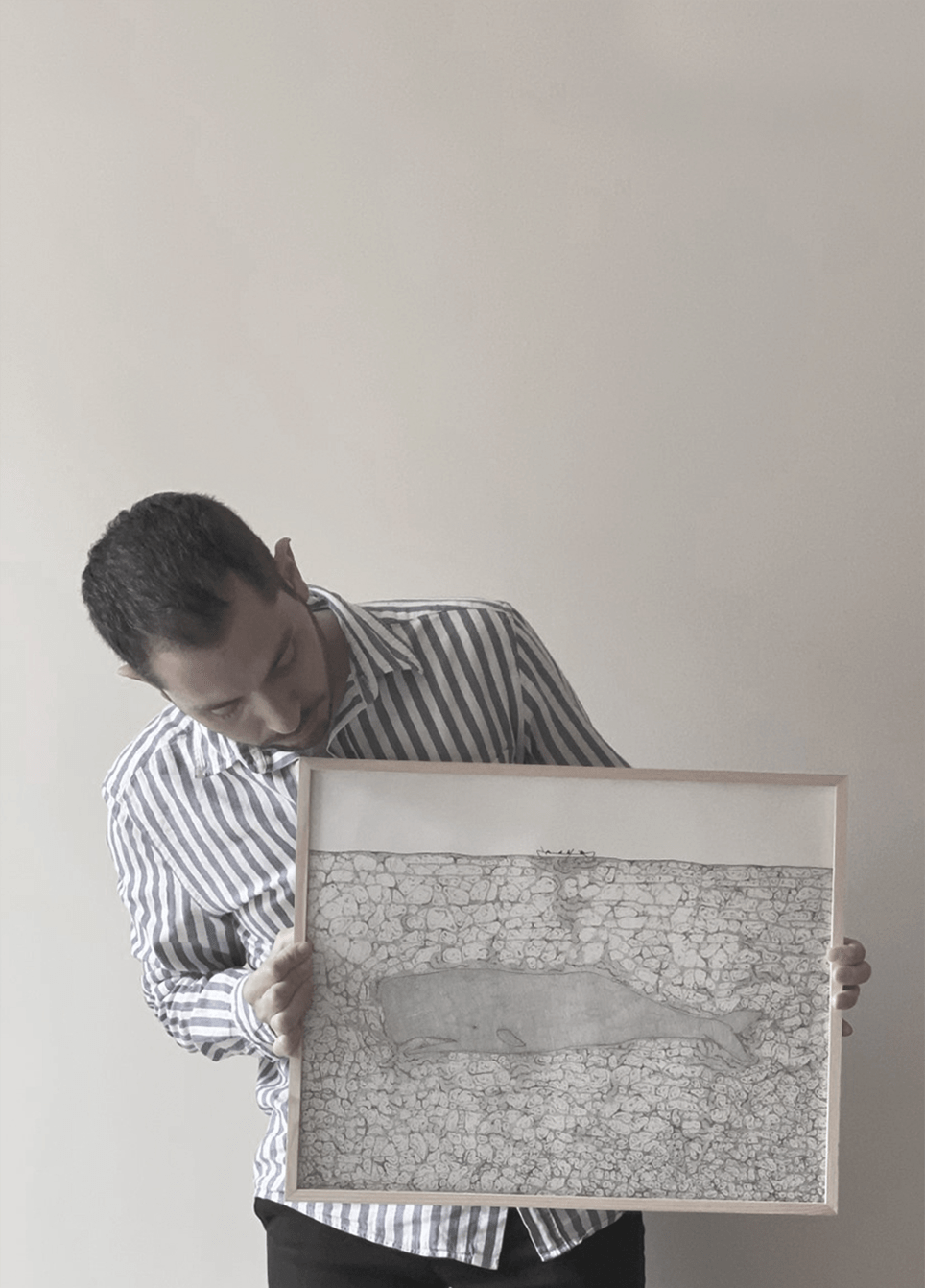
4
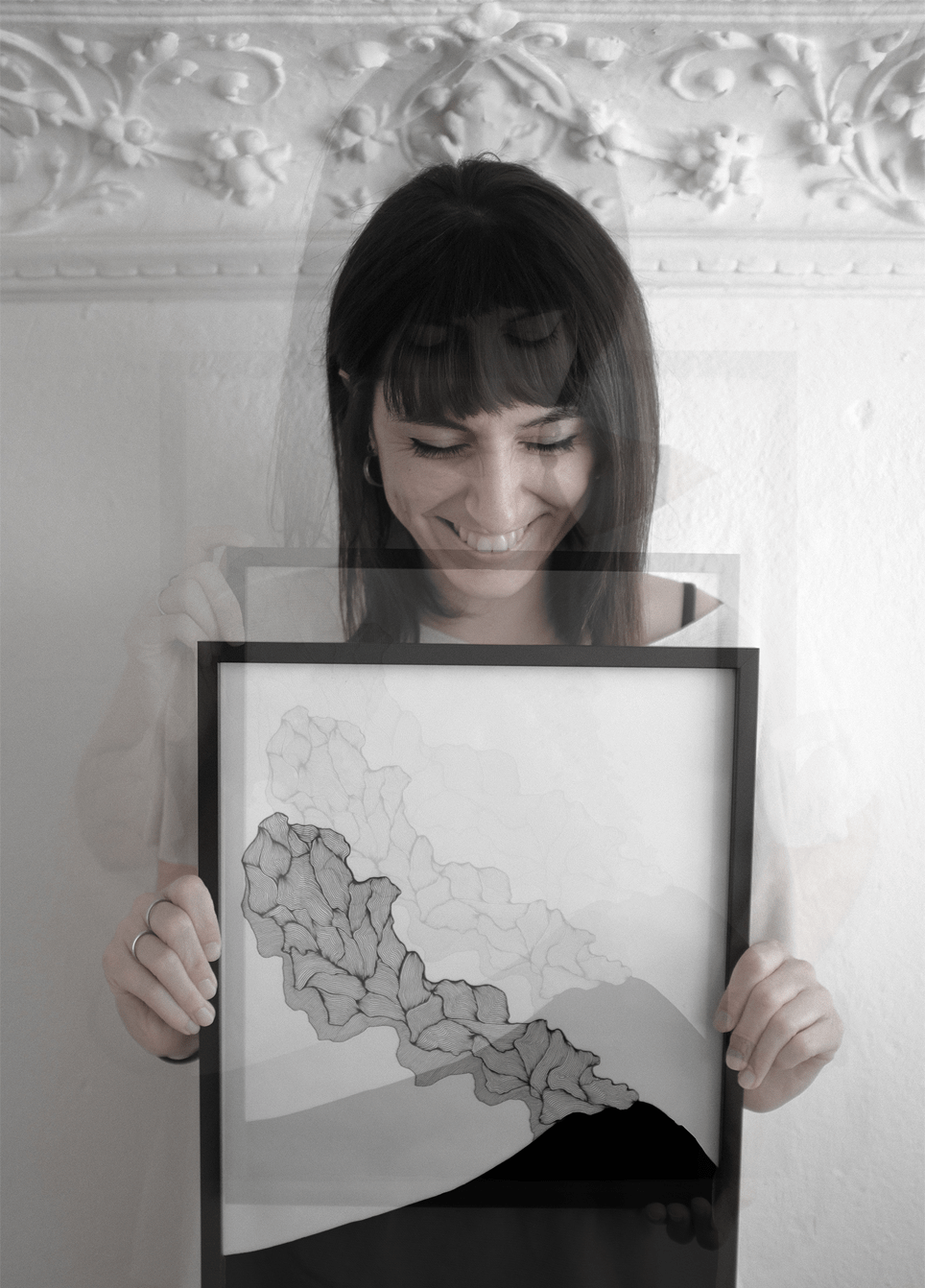
5
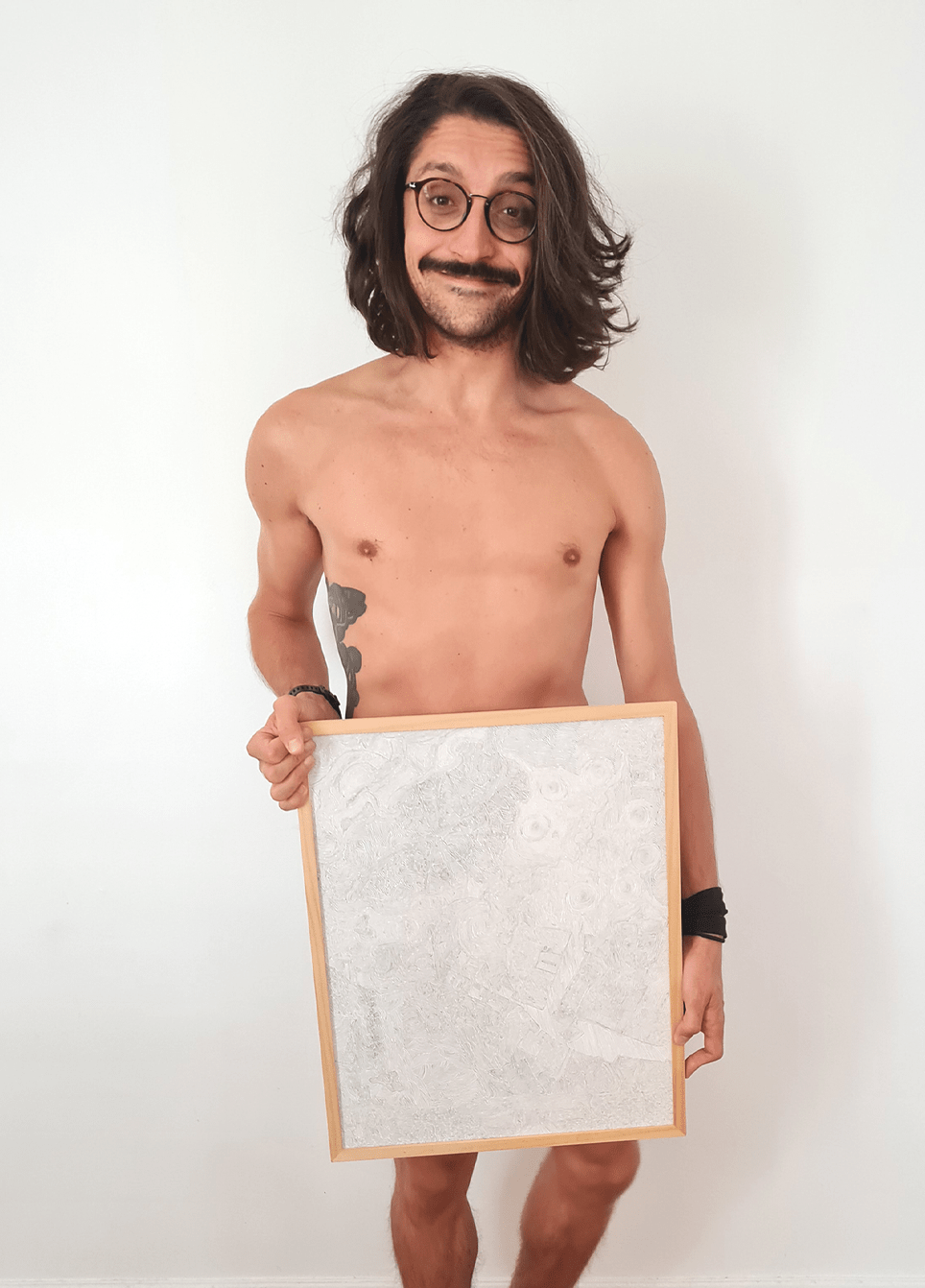
6
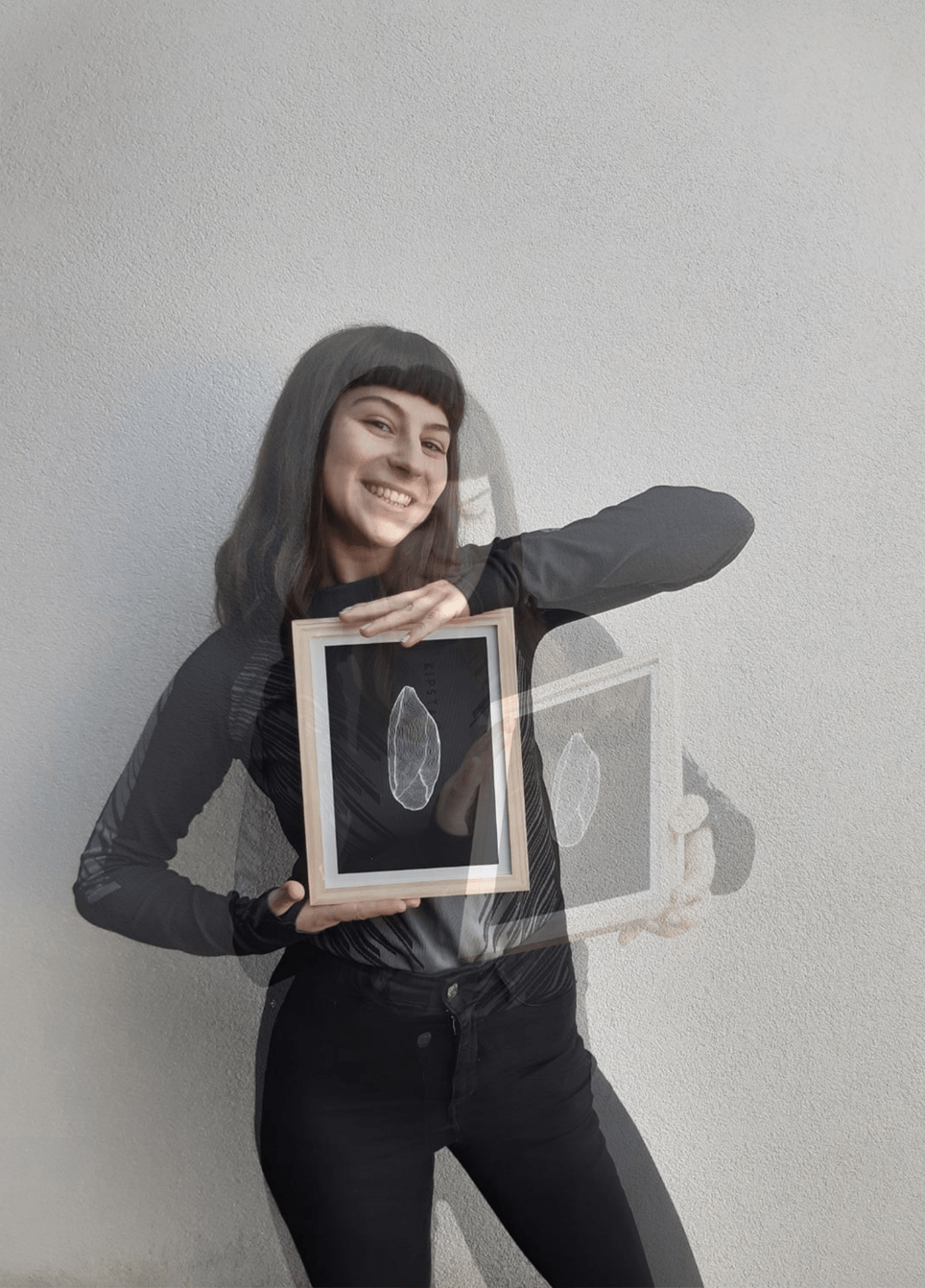
7
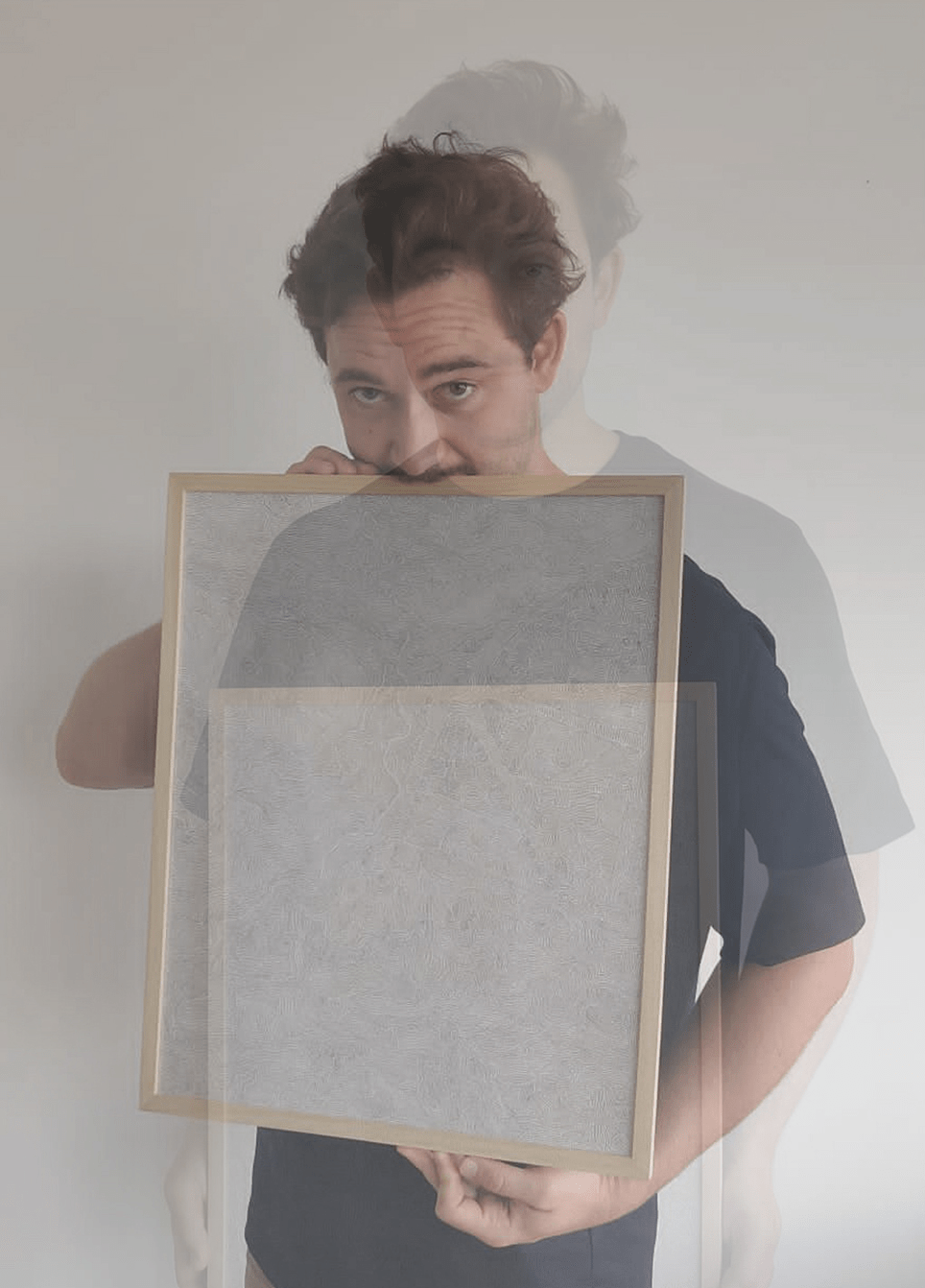
8
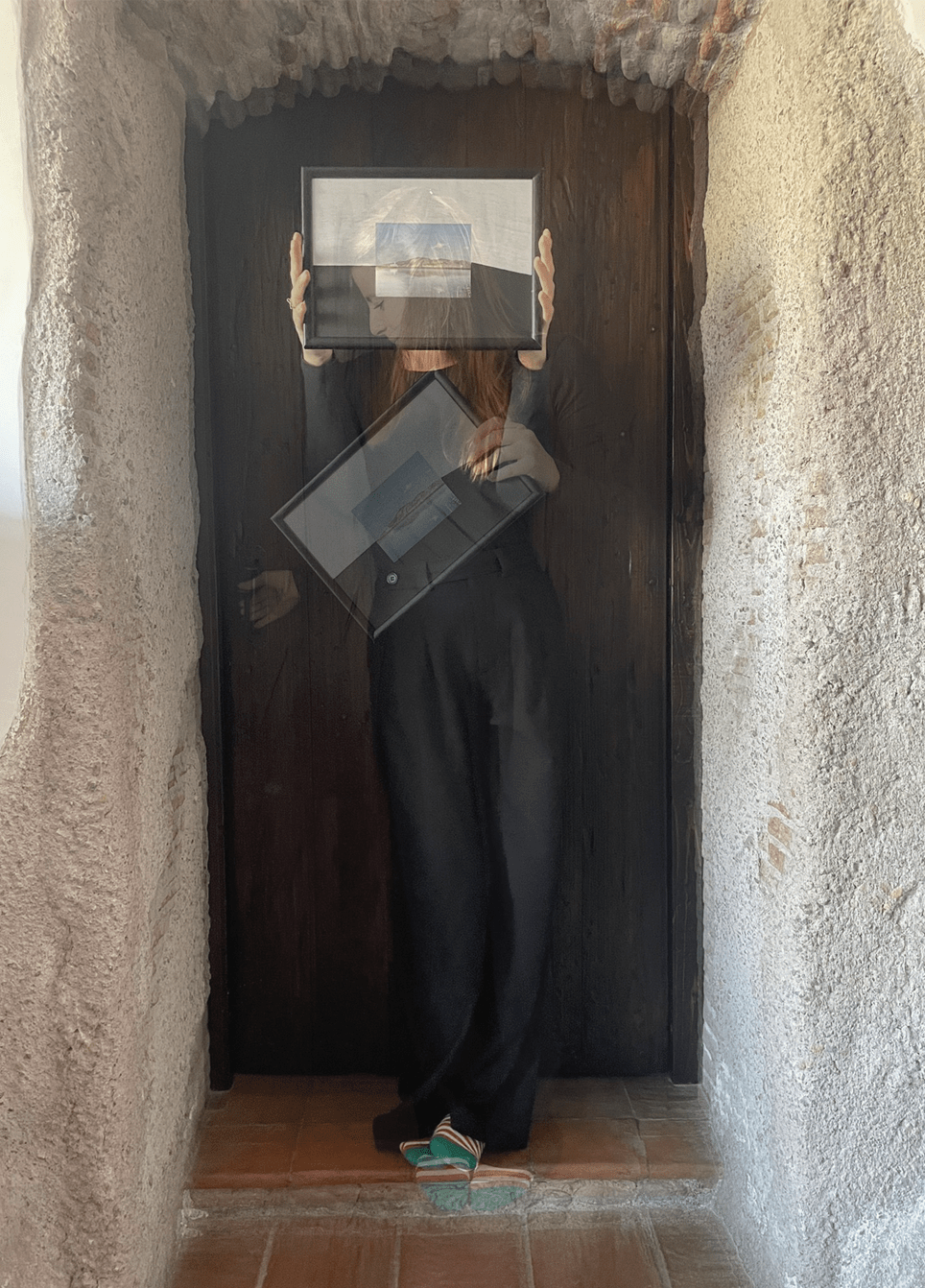
9
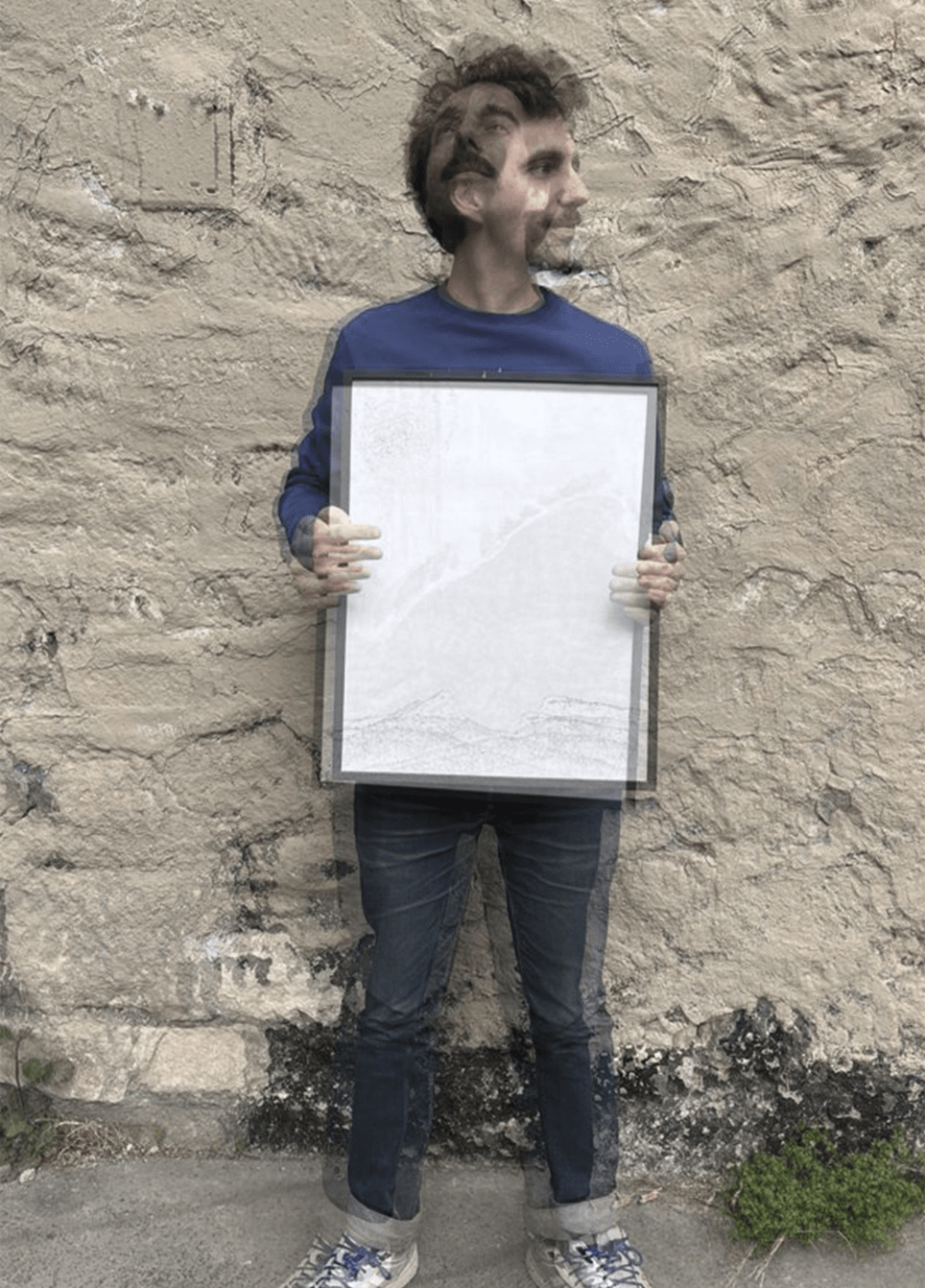
10
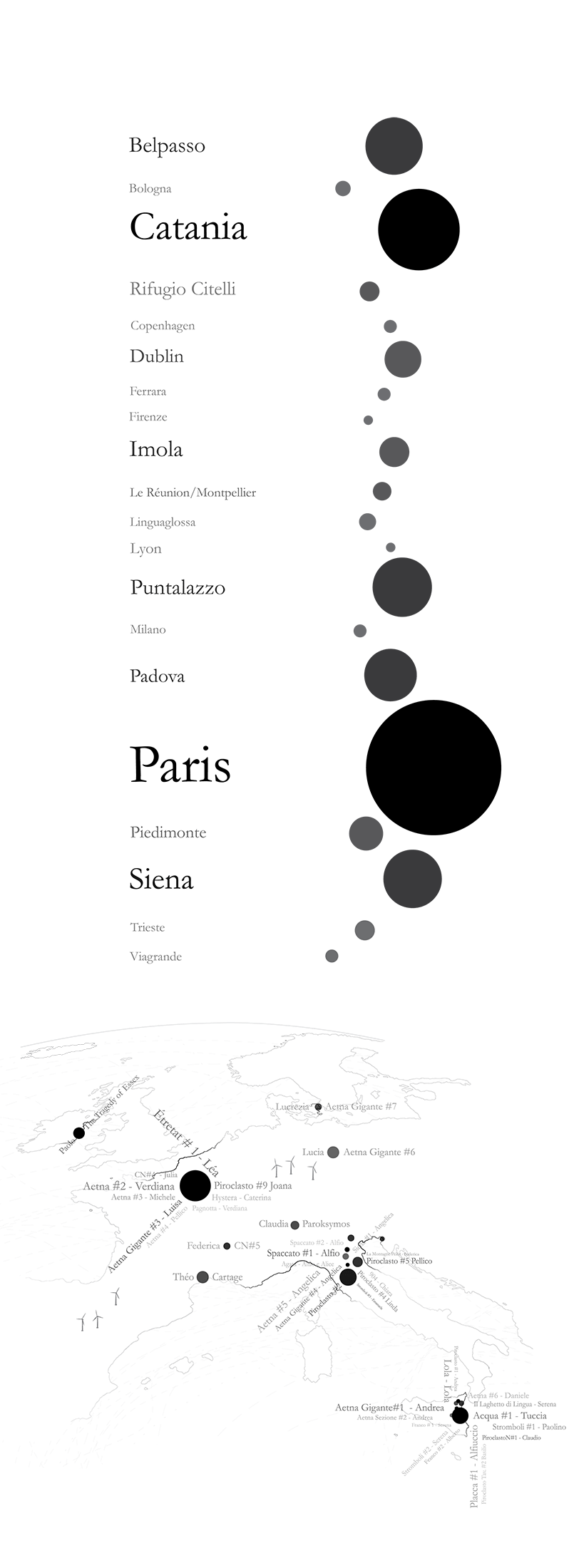


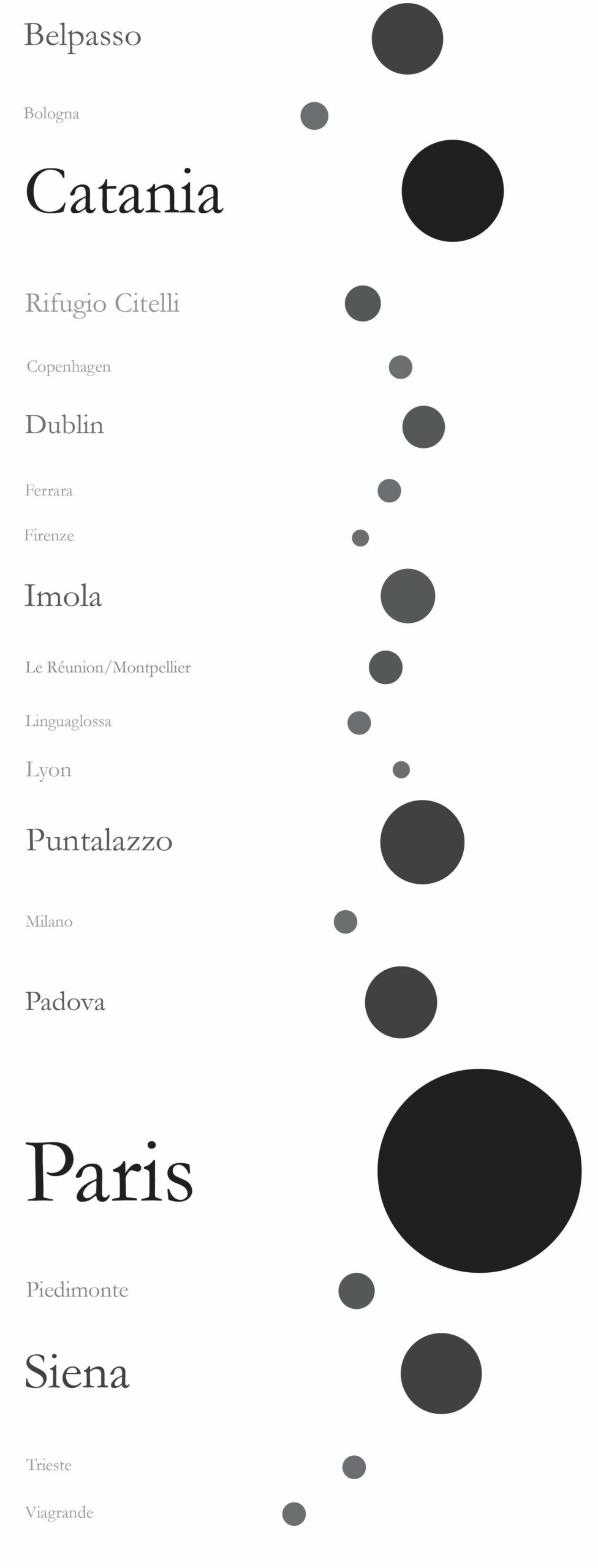








It's an homage to them.

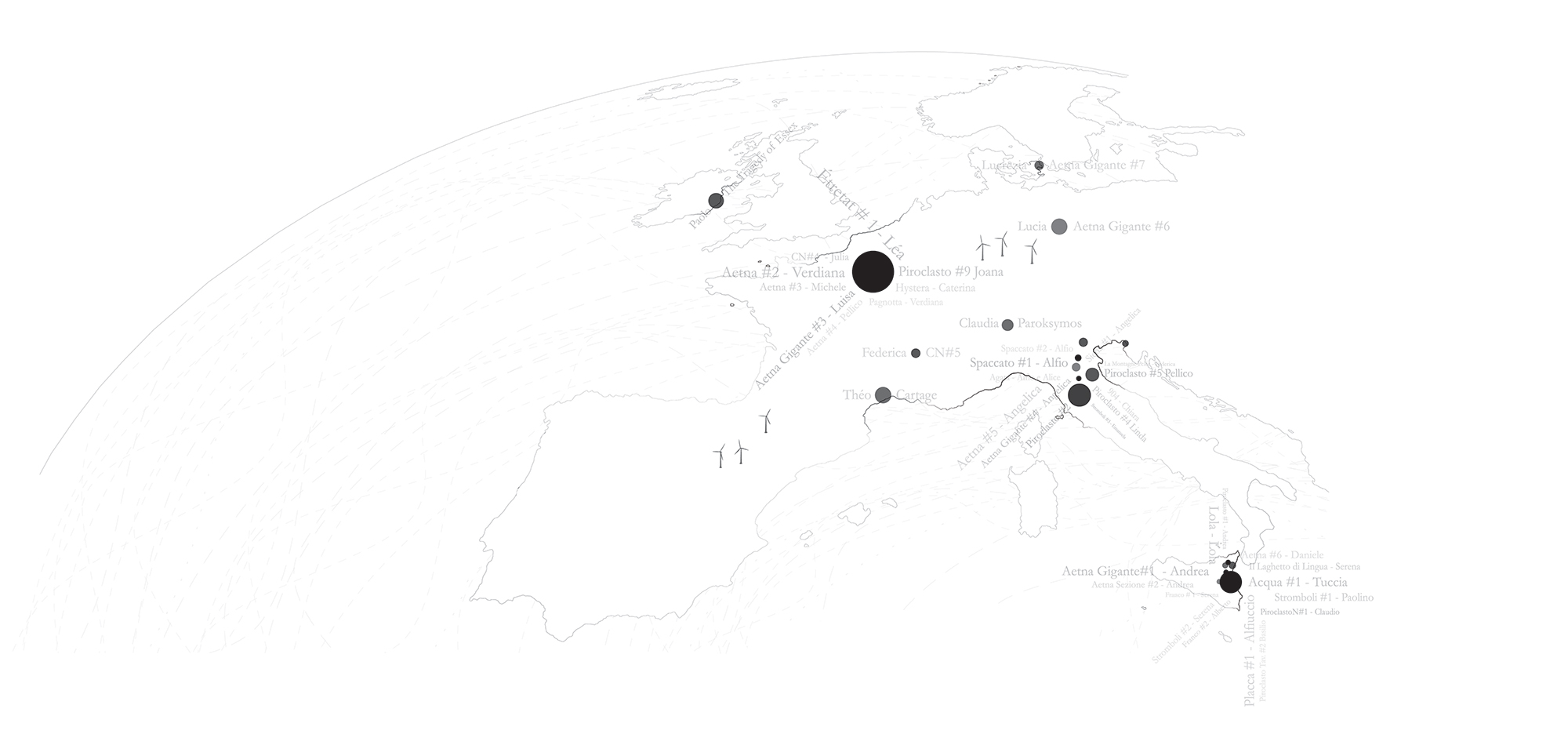

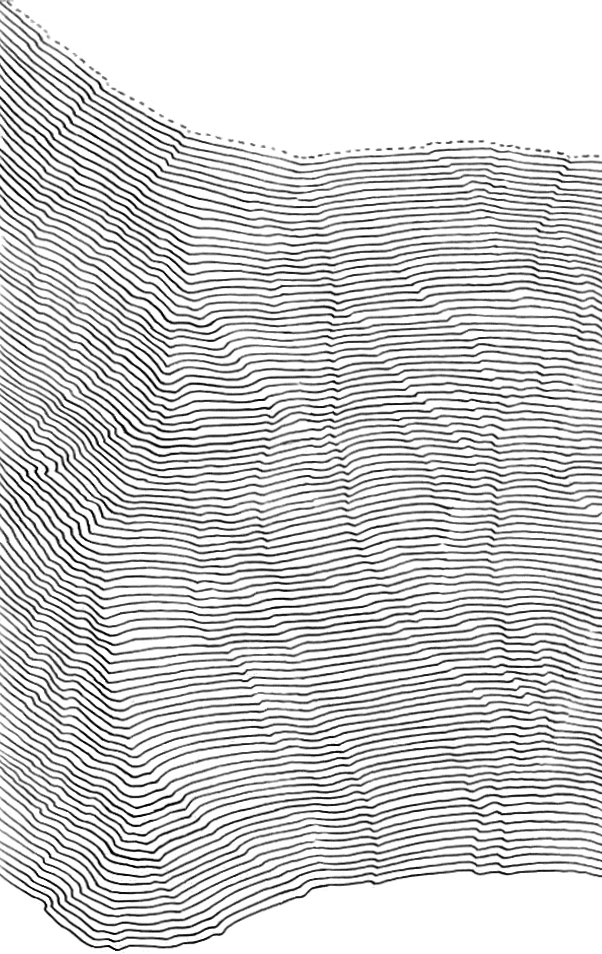
Alessio Marino, 1990. I was born in Catania and grew up in the urban sprawl of the suburbs, surrounded by streets with no identity in a landscape made of concrete. I studied Architecture in Ortigia, Syracuse, and I graduated in 2017. My thesis focused on urban reconnection on the island of Lampedusa. Soon after, I embarked on a five-years adventure in Paris. In 2021, after many logements, many pastis and many bonjours, I decided to return home. It was during my years as a student that I began to draw patches of seemingly meaningless broken lines. I filled countless notebook pages and sheets of paper with this technique. It was shortly after I turned twenty that I discovered the volcano of Etna and its complexity. It became the source of inspiration for most of the drawings that are available here. In 2020 I realised that I wanted to return home. This time I wanted to stay. It was here that everything took shape and my creativity burst forth, becoming more structured and defined. This is when màla was born: a personal path of introspective representation that is authentic and therapeutic. It is a persistent and liberating attempt to put myself down on paper. It is a graphic representation of what I see with my own eyes and what I feel. Ultimately, màla is me.
Alessio Marino, 1990. I was born in Catania and grew up in the urban sprawl of the suburbs, surrounded by streets with no identity in a landscape made of concrete. I studied Architecture in Ortigia, Syracuse, and I graduated in 2017. My thesis focused on urban reconnection on the island of Lampedusa. Soon after, I embarked on a five-years adventure in Paris. In 2021, after many logements, many pastis and many bonjours, I decided to return home. It was during my years as a student that I began to draw patches of seemingly meaningless broken lines. I filled countless notebook pages and sheets of paper with this technique. It was shortly after I turned twenty that I discovered the volcano of Etna and its complexity. It became the source of inspiration for most of the drawings that are available here. In 2020 I realised that I wanted to return home. This time I wanted to stay. It was here that everything took shape and my creativity burst forth, becoming more structured and defined. This is when màla was born: a personal path of introspective representation that is authentic and therapeutic. It is a persistent and liberating attempt to put myself down on paper. It is a graphic representation of what I see with my own eyes and what I feel. Ultimately, màla is me.
logements, tanti pastis e tanti bonjour, torno a casa. All’università inizio a disegnare chiazze di linee spezzate senza senso, continuo per anni, riempio quaderni e fogli. Scopro il vulcano e la sua complessità poco dopo i vent’anni: sarà il motore della maggior parte dei disegni che trovi in questo spazio. Nel 2020, maturo l’idea di tornare a casa, stavolta per rimanerci. Il disegno esplode, trova il suo senso: tutto si delinea, si organizza, prende il giusto fuoco. Nasce màla, un percorso di rappresentazione molto personale, riconoscibile, terapeutico. Un tentativo, un me su carta insistente e liberatorio, di rappresentare quello che voglio con i miei occhi. màla, in fondo, sono solo io.
màla is a graphic research project born in 2020 after a decade of hesitation. It focuses on lines, using black and the unpredictability of the computerised concept of offset printing màla is a conceptual process of volcanoes, pyroclasts, waves, islands and patterns. màla is black, then it becomes red, it explores yellow, but eventually it returns to black. As COVID-19 continues to spread, so too does màla . It consumes markers and pens and destroys sheets of paper and sketches. It has become a pandemic expression of feelings on paper. màla grows fast and repeats itself, but then suddenly slows down. It covers everything up, makes mistakes and sticks patches on the paper. In the end, it realises that it doesn't want to go on and stops. màla has no pretensions, it doesn't explain itself (why should it?), it just imposes itself on everything. Once again, màla is simply overwhelming. màla is the dear, oppressive city, dark as the island, bright as the sky. màla is the south. màla is the time when you're lazy. màla makes fun of the forced productivity, of the efficiency màla is the waste of time when there is no time to waste. màla is for friends, actually no, it's because of them. màla is when you're not thinking about it. màla could be you. màla makes no sense, màla is màla , it's me.
It's an homage to them.

1

2

3

4

5

6

7

8

10



Alessio Marino, 1990. I was born in Catania and grew up in the urban sprawl of the suburbs, surrounded by streets with no identity in a landscape made of concrete. I studied Architecture in Ortigia, Syracuse, and I graduated in 2017. My thesis focused on urban reconnection on the island of Lampedusa. Soon after, I embarked on a five-years adventure in Paris. In 2021, after many logements, many pastis and many bonjours, I decided to return home. It was during my years as a student that I began to draw patches of seemingly meaningless broken lines. I filled countless notebook pages and sheets of paper with this technique. It was shortly after I turned twenty that I discovered the volcano of Etna and its complexity. It became the source of inspiration for most of the drawings that are available here. In 2020 I realised that I wanted to return home. This time I wanted to stay. It was here that everything took shape and my creativity burst forth, becoming more structured and defined. This is when màla was born: a personal path of introspective representation that is authentic and therapeutic. It is a persistent and liberating attempt to put myself down on paper. It is a graphic representation of what I see with my own eyes and what I feel. Ultimately, màla is me.
Alessio Marino, 1990. I was born in Catania and grew up in the urban sprawl of the suburbs, surrounded by streets with no identity in a landscape made of concrete. I studied Architecture in Ortigia, Syracuse, and I graduated in 2017. My thesis focused on urban reconnection on the island of Lampedusa. Soon after, I embarked on a five-years adventure in Paris. In 2021, after many logements, many pastis and many bonjours, I decided to return home. It was during my years as a student that I began to draw patches of seemingly meaningless broken lines. I filled countless notebook pages and sheets of paper with this technique. It was shortly after I turned twenty that I discovered the volcano of Etna and its complexity. It became the source of inspiration for most of the drawings that are available here. In 2020 I realised that I wanted to return home. This time I wanted to stay. It was here that everything took shape and my creativity burst forth, becoming more structured and defined. This is when màla was born: a personal path of introspective representation that is authentic and therapeutic. It is a persistent and liberating attempt to put myself down on paper. It is a graphic representation of what I see with my own eyes and what I feel. Ultimately, màla is me.
logements, tanti pastis e tanti bonjour, torno a casa. All'università inizio a disegnare chiazze di linee spezzate senza senso, continuo per anni, riempio quaderni e fogli. Scopro il vulcano e la sua complessità poco dopo i vent'anni: sarà il motore della maggior parte dei disegni che trovi in questo spazio. Nel 2020, maturo l'idea di tornare a casa, stavolta per rimanerci. Il disegno esplode, trova il suo senso: tutto si delinea, si organizza, prende il giusto fuoco. Nasce màla, un percorso di rappresentazione personale, riconoscibile, terapeutico. Un tentativo, un me su carte insistente e liberatorio, di rappresentare quello che voglio con i miei occhi. màla, in fondo, sono solo io.
